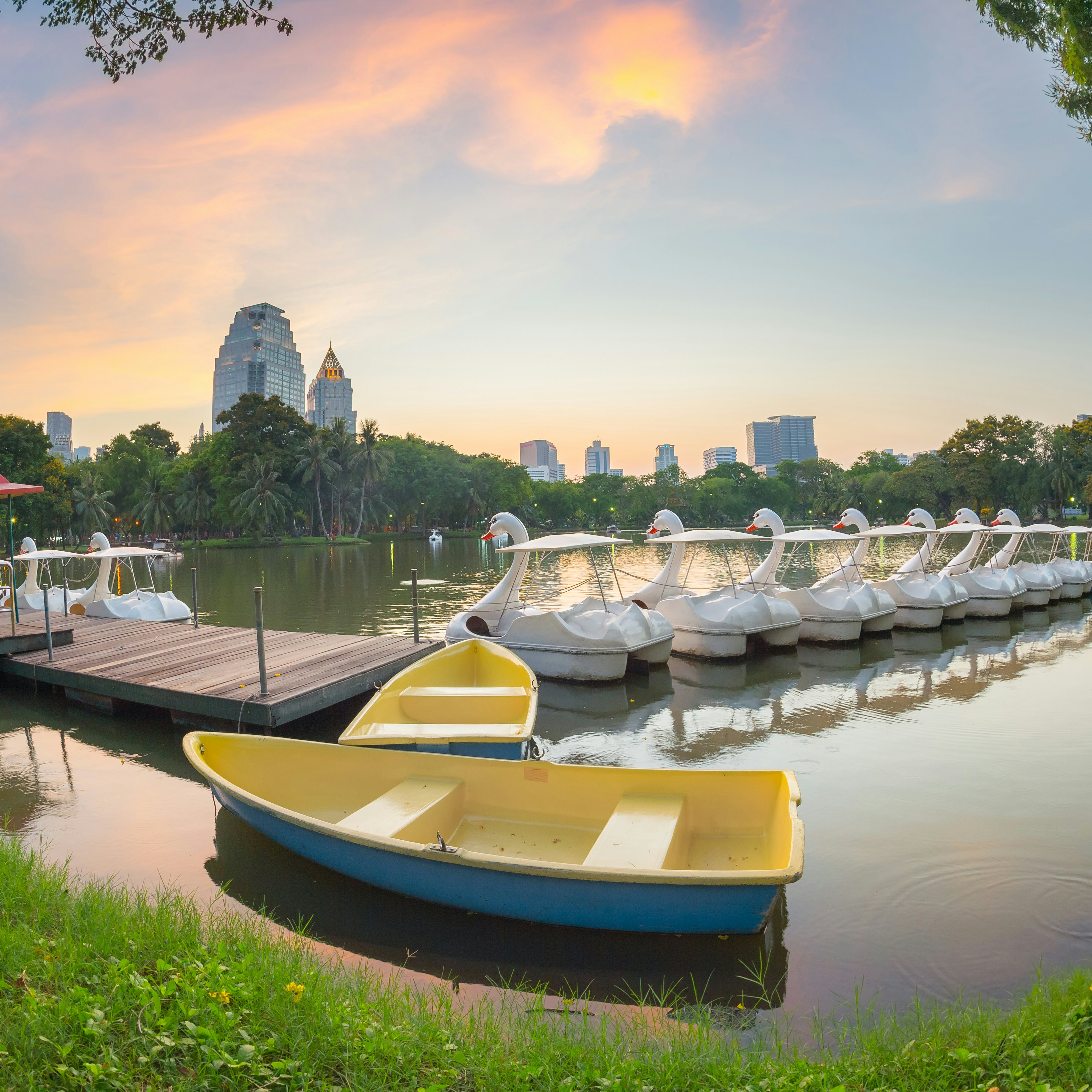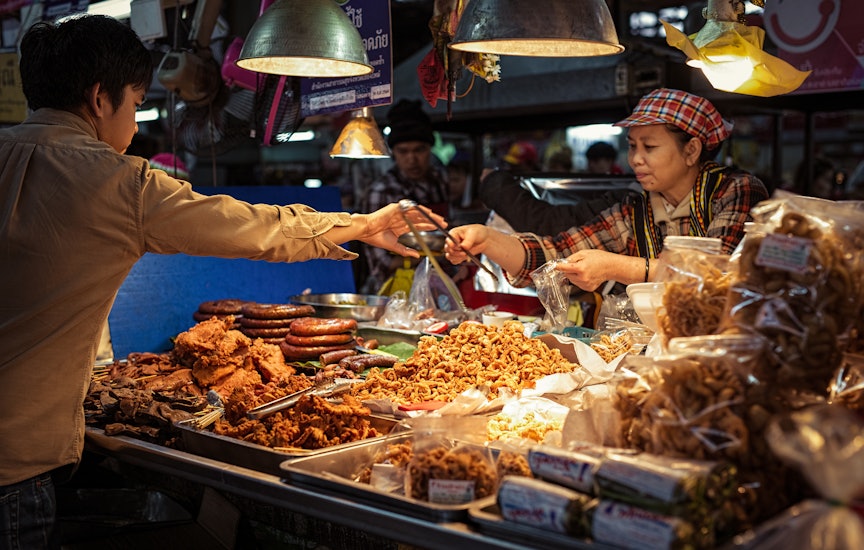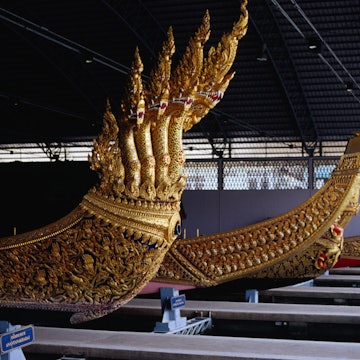
Overview
Same same, but different. This Thailish T-shirt philosophy sums up Bangkok, a city where the familiar and the exotic collide like the flavors on a plate of pàt tai.
Leave the planning to a local expert
Experience the real Bangkok. Let a local expert handle the planning for you.
Must-see attractions
Planning Tools
Expert guidance to help you plan your trip
Best Things to Do
There are endless things to do in bustling Bangkok, the Asian megacity incarnate. If you’re feeling overwhelmed, start with this list.
Read full article
Best Time to Visit
With three seasons – hot, rainy and (comparatively) cool – Bangkok offers very different experiences throughout the year. Here's the best time to visit.
Read full article
Things to Know
Be ready for your trip to Bangkok with these local tips on planning, packing, and health and safety.
Read full article
Transportation
Think the tiger of Thailand’s biggest city can only be tamed by taxi? Mere mortal, here’s how to get around Bangkok.
Read full article
Free Things to Do
With golden temples, captivating monasteries and a famed backpacker strip, Bangkok is a top budget stop. Here are the best free things to do.
Read full article
Best Neighborhoods
Get to know Bangkok's best areas with this neighborhood guide, from sights and nightlife to places to stay.
Read full article
Day Trips
If you're seeking a calmer, gentler experience in the Land of Smiles, here are seven day trips that will bring you ancient ruins, golden beaches and more.
Read full article
Money and Costs
Bangkok has so much to see and do that it can be easy to burn through your baht. Here's how to visit without blowing your budget.
Read full article
Traveling with Kids
From magnificent museums to thrilling theme parks via some fun-filled tuk-tuk rides, there are plenty of ways to enjoy Bangkok with children in tow.
Read full article
Get a book. Get inspired. Get exploring.
in partnership with getyourguide



















